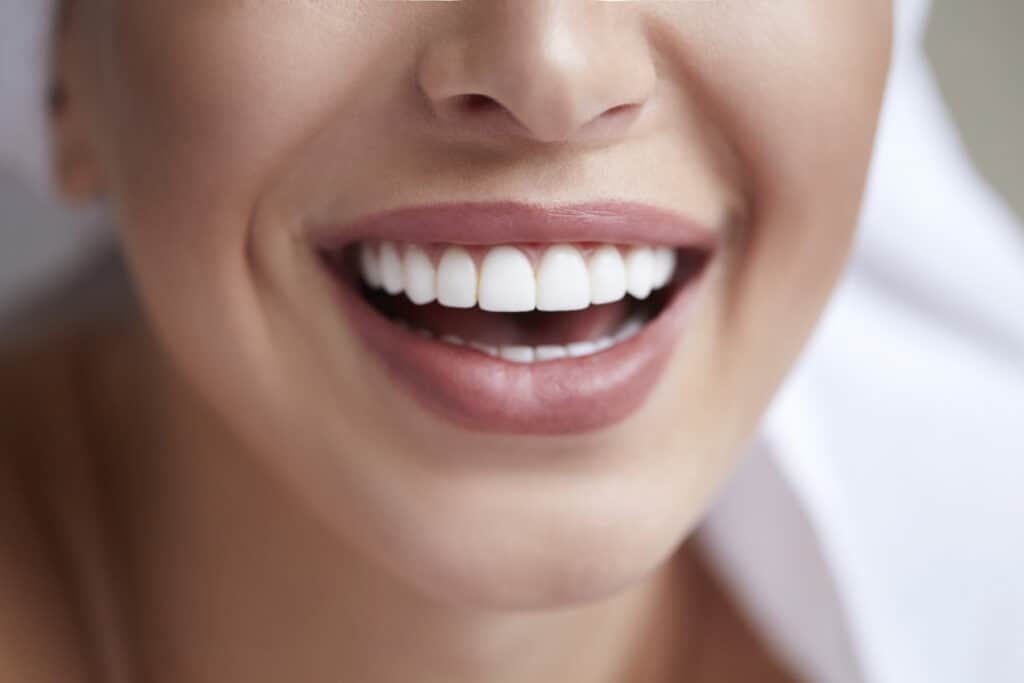Professional Teeth Whitening vs. Strips, Paste, and Baking Soda
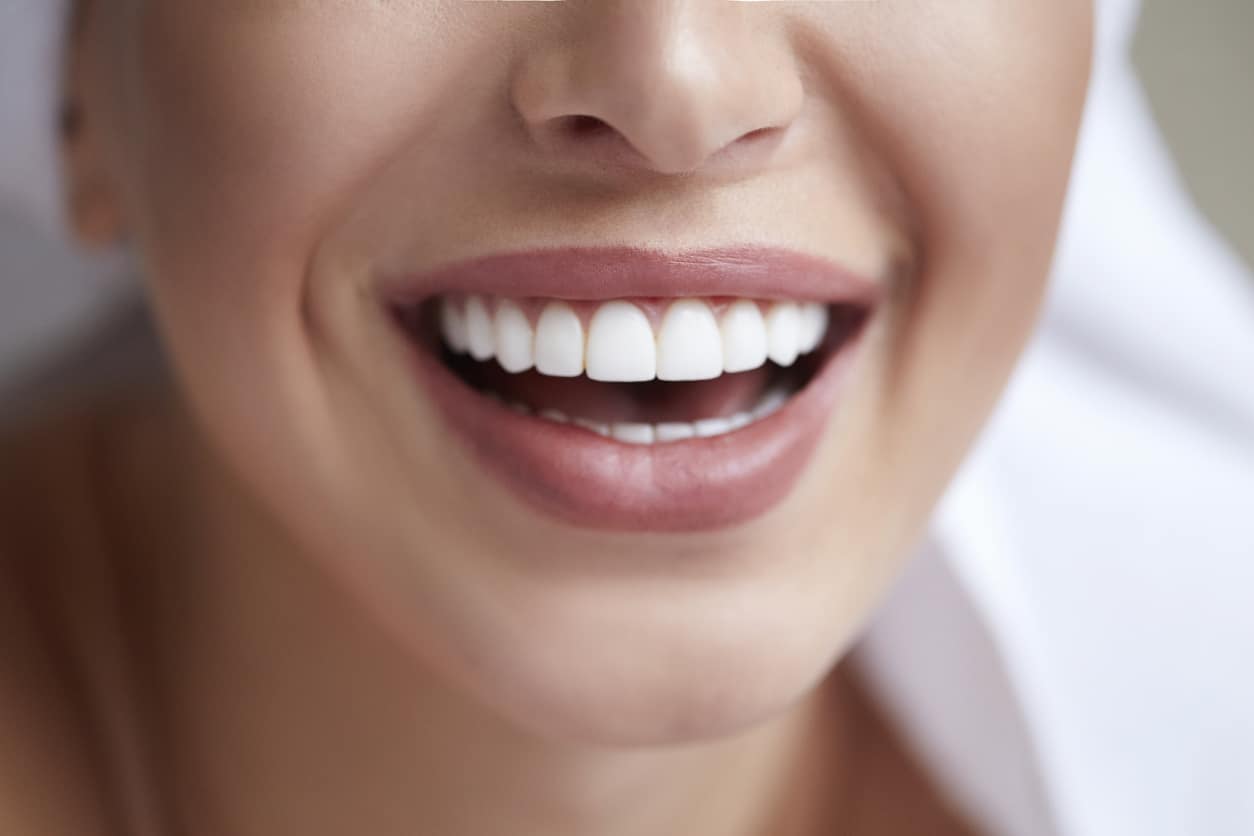
When you look in the mirror, you notice wine stains, discoloration, and yellow stains on your teeth. DIY teeth whitening treatments look convenient, but at best, they might not do anything—and at worst, they damage your teeth in the long run. Professional whitenings are the best way to reduce stains while protecting your gums and enamel. They’re safe, comfortable, under the direction of a dentist, and custom-made for your teeth to ensure the best results.
What Are Your Teeth Whitening Options?
There are several options to whiten your teeth, but which ones are actually effective? Let’s take a look.
Teeth Whitening Strips
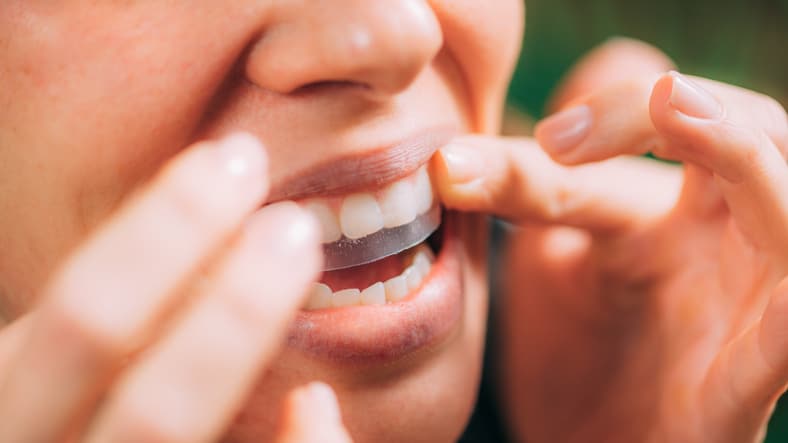
While teeth whitening strips work quickly, the fastest option isn’t always the best. Teeth whitening strips contain chlorine dioxide, which is the same chlorine you find in swimming pools. The chlorine strips the enamel from your teeth, causing tooth sensitivity, cavities, and tooth decay. Using whitening strips once in a while won’t destroy your teeth, but too often and you’ll end up making the dental appointment that you tried to avoid.
Teeth whitening strips can also whiten your teeth unevenly. If you don’t apply them perfectly on each tooth, some portions whiten while others remain yellow. This could be more distracting than your teeth’ appearance before you whitened them. If the strips touch your gums, they could irritate the tissue, causing damage and inflammation. Whitening strips also kill bacteria in your mouth, disrupting the system and making your teeth more susceptible to disease.
Teeth Whitening Toothpaste
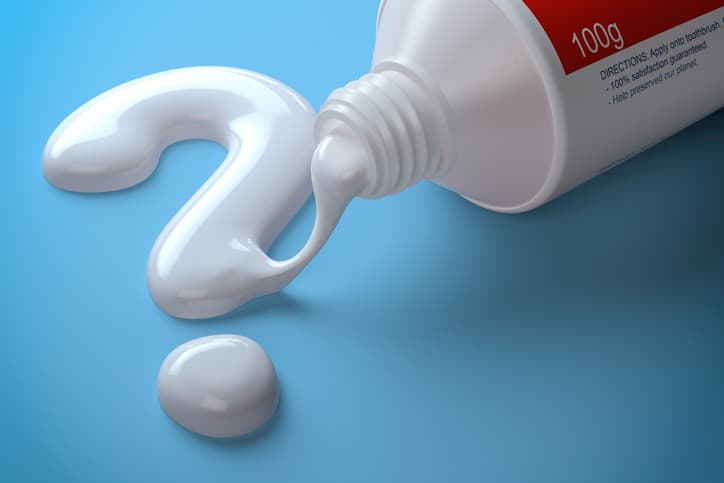
While whitening toothpaste might reduce the appearance of stains, toothpaste only treats the stains on a surface level. Pigments use blue colors to make your teeth look whiter without actually targeting the stains. Abrasives and peroxide bleach surface stains, but no matter how hard you brush, you won’t eliminate the stains that settled into your teeth.
When you drink wine, chew tobacco, or don’t clean your teeth frequently, the stains discolor the enamel. Additionally, if you don’t clean every tooth, your back teeth might remain stained and discolored. Professional whitening services treat the stains that settled into your teeth to create permanent results, not temporary touch-ups.
If you want to keep your teeth clean between visits, talk to Rinaldi Dental Arts about the kinds of toothpaste that we recommend. Regular dental hygiene prevents stains so you won’t have to treat them later. Plus, you’ll enjoy fresher breath, more confidence, and a reduced likelihood of cavities and infections.
Baking Soda
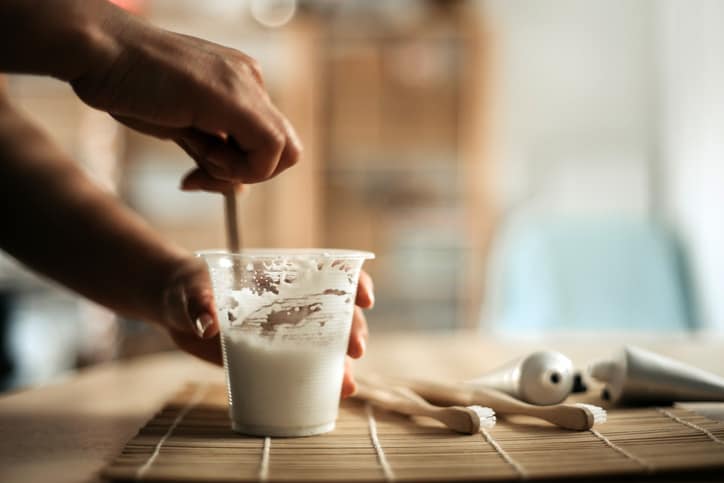
Despite claims that lemon juice and apple cider vinegar are harmless, these ingredients contain citric acid that strip the enamel of your teeth, increasing sensitivity and tooth decay. Even if you use baking soda by itself, the abrasive paste can wear away enamel over time. Baking soda can also damage your gums and increase your risk of infections.
If you want a fast DIY teeth whitening remedy, use baking soda sparingly. However, baking soda won’t replace the long-term effects of a professional teeth whitening treatment. Additionally, the taste and texture make baking soda uncomfortable for people with texture sensitivities. Professional teeth whitening services are clean, comfortable, and free from the gritty, sand-like texture.
Natural Remedies
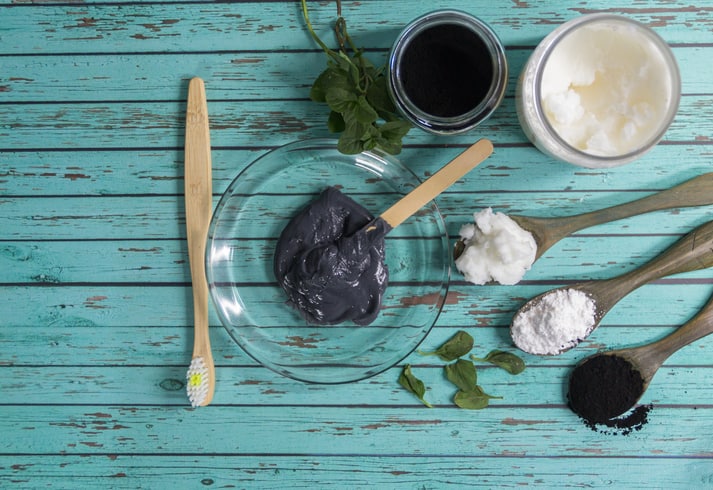
Another natural remedy involves rubbing a banana peel on your teeth. Supposedly, nutrients in the banana peel like potassium and manganese whiten your teeth. Some people mix strawberries, salt, and baking soda to scrub away the plaque and allegedly whiten your teeth with vitamin C. Others use charcoal which is very abrasive and damaging to your teeth. Some swear by a diet of fresh fruit and vegetables. While a healthy diet keeps your teeth clean and improves your overall health, it won’t directly remove stains on your teeth.
Overall, scientific research doesn’t support these natural remedies. Most of the evidence is anecdotal. While you might have some success, homemade pastes won’t whiten your teeth as much as a professional cleaning that uses safe, reliable techniques to remove stains without dangerous chemicals.
Professional Teeth Whitening
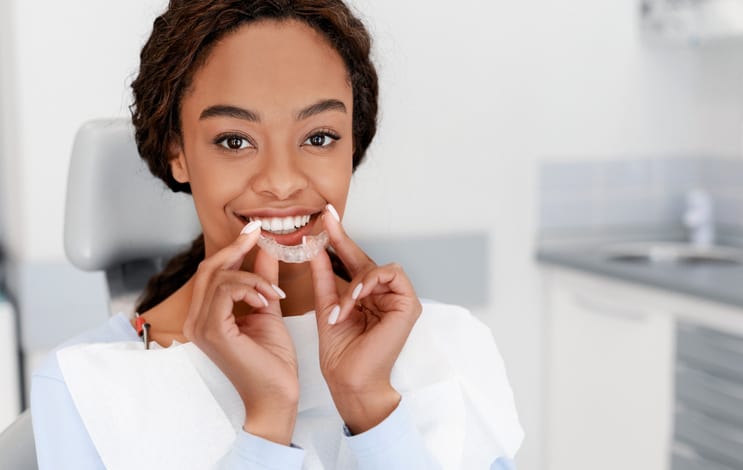
Rinaldi Dental Arts provides teeth whitening trays that whiten your teeth at home without stripping away enamel or irritating your gums. We use professional tools and ingredients for long-lasting results, reducing stains, yellowing, and discoloration.
To start, schedule an appointment for Rinaldi Dental Arts. We’ll build custom trays that fit your teeth perfectly, eliminating missed spots and gum irritation. Take the trays home, wear them as directed, and watch your teeth gradually whiten over the next few days. You’ll save time and money by whitening at home instead of visiting the office for every treatment.
In addition to whitening your teeth, using the trays promotes good dental hygiene as you build a daily routine. Schedule regular cleanings at Rinaldi Dental Arts for extra protection. We’ll scrape away plaque and polish your teeth to freshen your breath, prevent cavities, reduce stains and keep your teeth healthy between teeth whitening sessions.
Schedule Your Appointment Today
Schedule an appointment with Rinaldi Dental Arts to start your teeth whitening process. Fill out the form online, then talk to us about your needs, scheduling options, and dental insurance. In addition to cosmetic procedures, Rinaldi Dental Arts offers cleanings, fillings, crowns, bridges, and implants.
Let us know if you’re a new or returning patient so we can best meet your needs. If you feel uncomfortable at the dentist’s office, our clean, state-of-the-art facility ensures safety and comfort while you undergo treatment.
